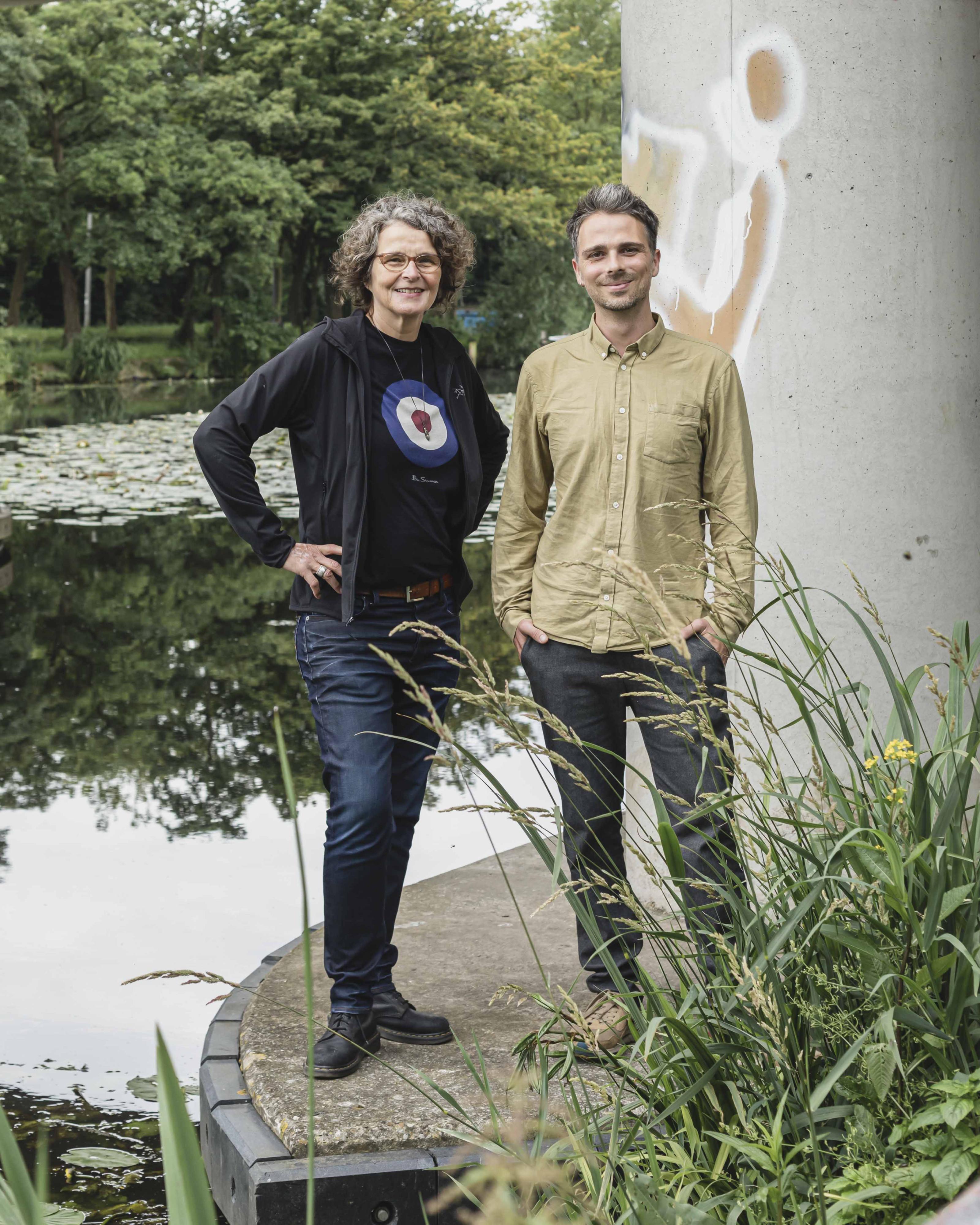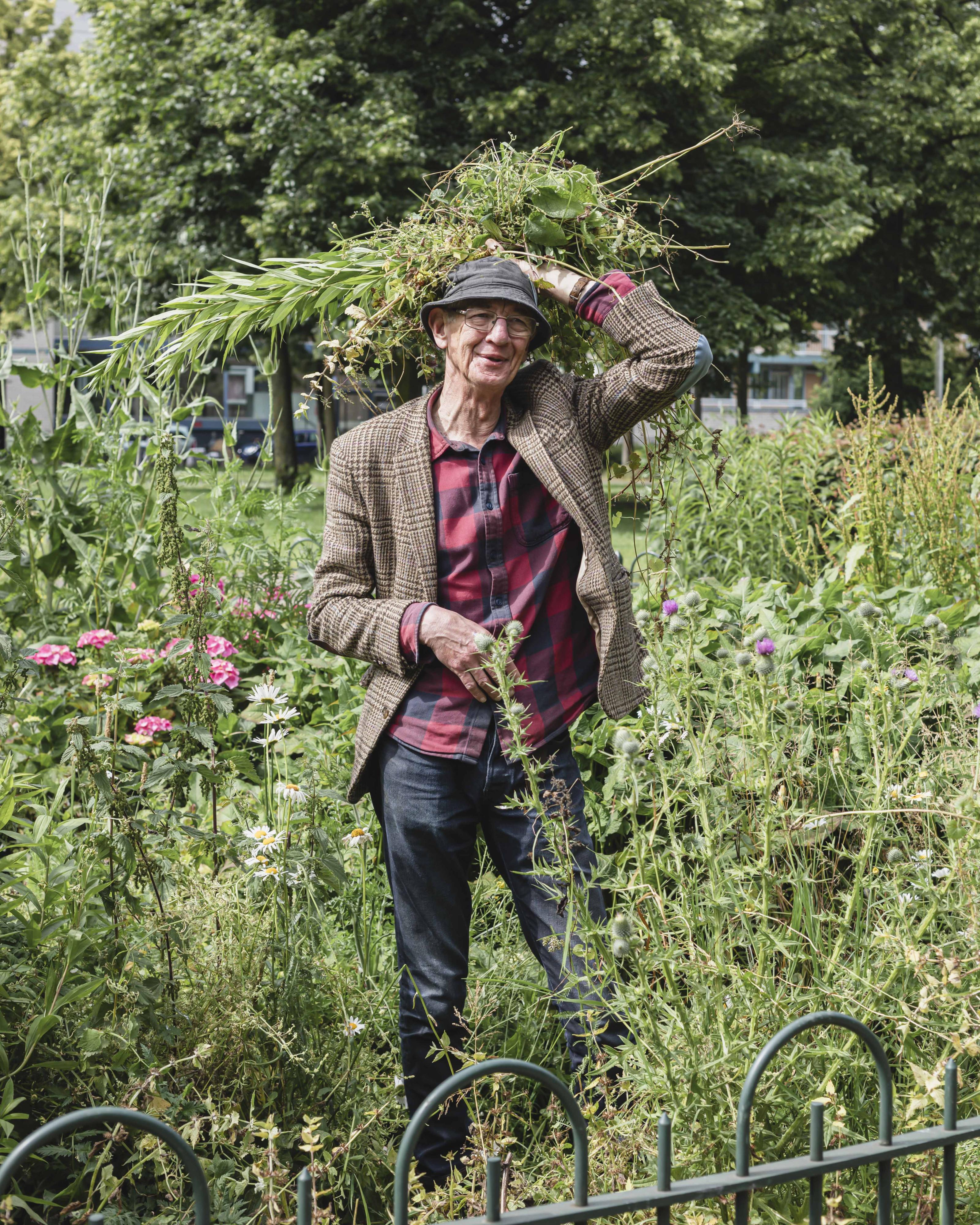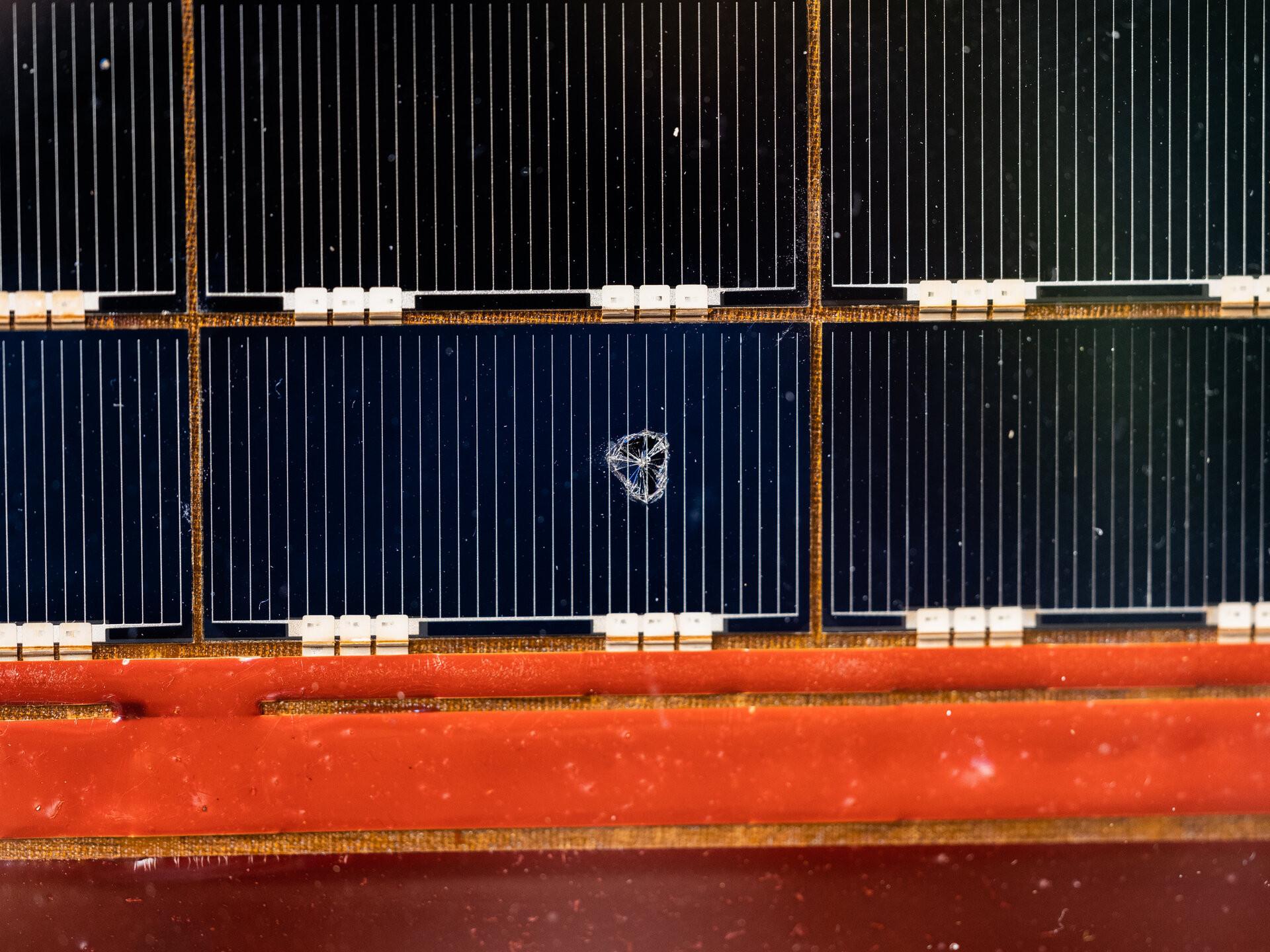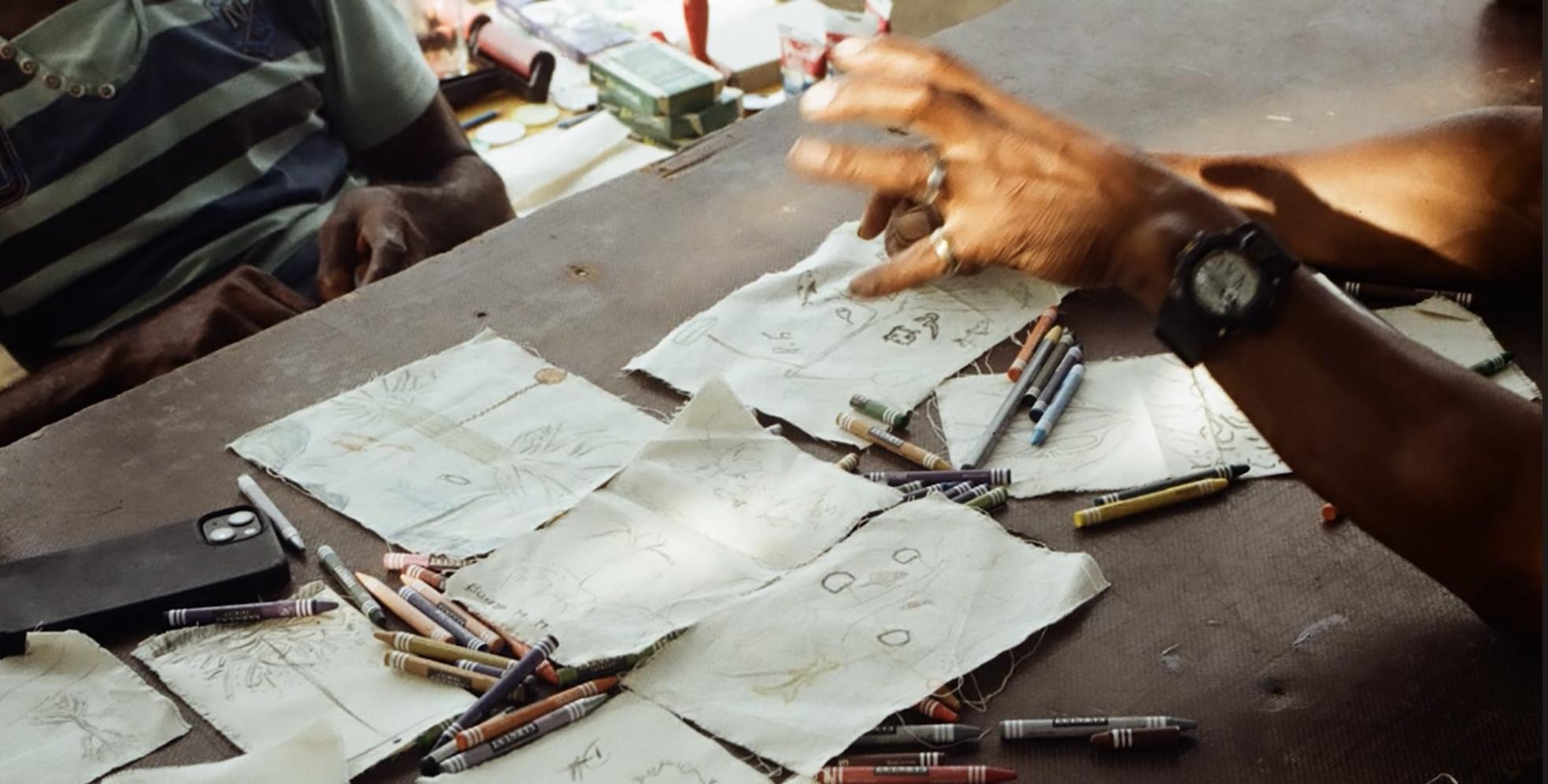Who builds towards a green future on a daily basis? To show how big ideas and visions find their way into reality, "Botanical Monuments" is part of this edition of the biennial: a collection of Rotterdams community initiatives around urban nature. They represent the ambition of the IABR to change the relationship between architecture and nature. But how does this ambition come to life in and around the city, who are the people behind big visions and what can we learn from them? Sabine and Jocelyn create the series "Hope Sowers" and engage with those taking steps towards an architecture that, in collaboration with nature, builds for future generations.
We spoke with Koen and Anne Karin about their work and vision for Stadspark West. "The area is a water-rich zone of over 450 hectares in the middle of the city and boasts a range of green, built, and intangible heritage that is characteristic of the city's edge development," Koen explains. "Here, you’ll find allotment gardens, municipal parks, marinas, a hotel, the zoo, a riding school, a campground, challenging natural playgrounds, dog parks, stops for nature experiences, various sports clubs, spaces for urban sports, fitness trails, walking and cycling paths. It has it all. The quality, scale, diversity, and interweaving of this park are unique to Rotterdam."
Stadspark West is not only a physical area but also a concept for the city. A park culture, as seen in other major European cities, is not really known in Rotterdam. Yet, Stadspark West, seemed to be the ideal ground for this. "Stadspark West is a complex, multifaceted and rich area, as so much is already happening," Koen says. "Our goal from the start has been to work with the diversity of how this park is used. We have many associations, facilities, and clubs in this area. All communities manage a part of the park themselves, and that is unique. We bring this together under one name, Stadspark West, a park that combines various functions and unites communities under one name, without losing the uniqueness of each place."
The driving force behind this initiative is a group of active neighborhood residents with professions such as architects, urban planners, scenographers, graphic designers, and artists, which both are part of. "We are researchers, connectors, and initiators. From our field and our knowledge of the area, we are committed to putting it on the map. Koen draws maps, while I do more connecting work by organizing small-scale activities and bringing communities together. We organize everything for different audiences, from canoe trips, night walks, field trips to expert meetings," says Anne Karin. The strength of their approach is collaboration. "The approach is grassroots: we have received funds from the municipality and the state, but the real support of the park is the involvement of the team," Anne Karin continues.
From walking, cycling, sports, and recreation to gardening, dancing at festivals and swimming, the park offers something for every Rotterdammer. The designers are proud of what they have achieved. Koen emphasizes the importance of a new attitude as a designer, where it is more about programming than actually designing physical structures. "We work with what is already there, and that is a significant break from traditional participation trajectories. Our energy aligns with the energy of the users of the place. It has to come from the area itself, and that really happens. People approach us, from local residents to students who have been with us before, and we make sure people can find us by making ourselves visible. Sometimes we plant seeds, sometimes we harvest."
Curious about Stadspark West? Click here for their spot on the Botanical Monuments route. Opening hours, activities, and more information can be found here.




